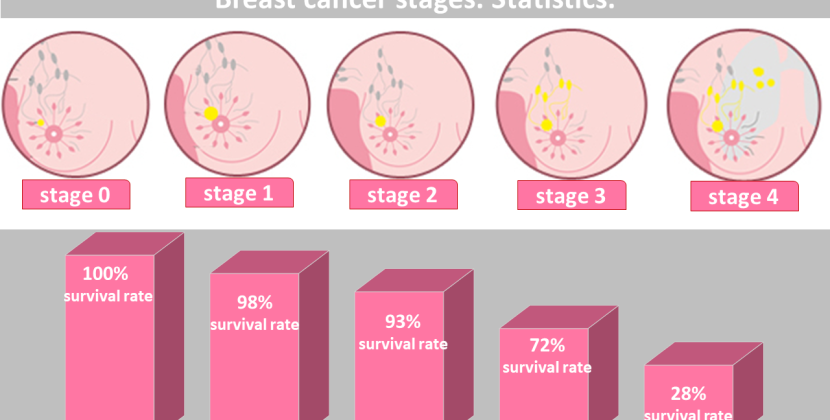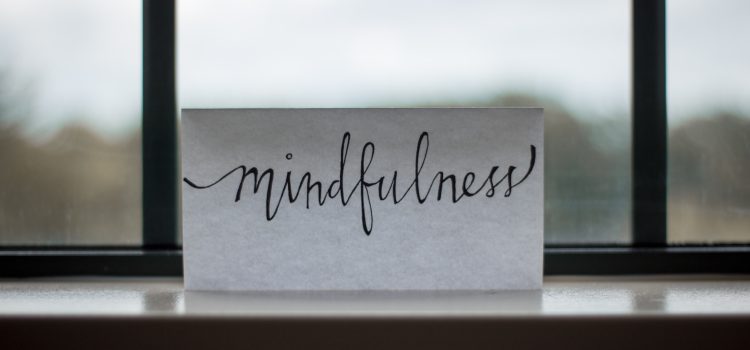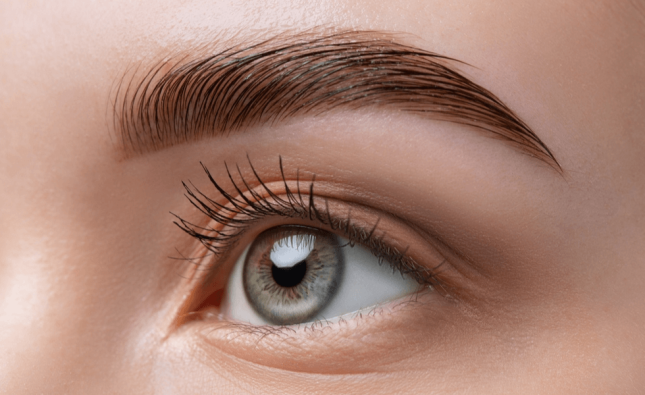
Are you tired of going through the motions at the gym, mindlessly lifting weights or running on a treadmill? What if we told you that there’s a way to not only improve your physical health but also boost mental clarity and emotional balance? It’s called mindful movement – the combination of exercise and mindfulness practices. In this blog post, we’ll explore why mindful movement matters and how it can benefit your overall wellness. So put down your phone, breathe deeply, and let’s get moving towards optimal health!
What is mindful movement?
Mindful movement is a form of exercise that emphasizes being aware of your body and your surroundings. It can be used to improve your physical health, mental well-being, and overall quality of life.
There are many benefits to mindful movement, including increased flexibility, improved balance and coordination, reduced stress levels, and enhanced mental clarity. Additionally, mindful movement can help you connect with your body and mind in a deeper way, promoting a sense of self-awareness and calm.
If you’re interested in incorporating mindful movement into your life, there are plenty of resources available to get you started. There are also many apps and online courses that can help you learn the basics of mindful movement.
The benefits of mindful movement
When it comes to optimizing our wellness, it’s important to remember that there is no one-size-fits-all approach. What works for one person may not work for another. However, one thing that has been shown to be beneficial for many people is combining exercise with mindfulness.
Mindful movement refers to being aware of and paying attention to your body as you move. It can help improve your physical and mental well-being. Some of the benefits of mindful movement include:
• Improving your mood: Research has shown that mindful movement can help improve your mood and reduce symptoms of depression and anxiety.
• Reducing stress: Mindful movement can help you feel more relaxed and less stressed. It can also help lessen your fight-or-flight response.
• Enhancing sleep quality: If you struggle with insomnia or poor sleep quality, mindful movement can help. It can also help regulate your circadian rhythm.
• Improving focus and concentration: When you’re mindfully moving, you’re more likely to be focused on the present moment and less likely to be distracted by thoughts about the past or future. This can lead to improved concentration and focus.
• Boosting self-esteem: Mindful movement can help you appreciate your body more and feel good about yourself. This can lead to increased self-esteem and confidence.
How to get started with mindful movement
Mindful movement is a great way to get started with mindfulness. It can be as simple as taking a few deep breaths and focusing on your breath while you walk. You can also try adding a few minutes of mindful movement to your daily routine. There are many benefits to combining exercise and mindfulness, including improved mental and physical health.
Tips for incorporating mindful movement into your daily routine
When it comes to movement, there are endless opportunities to be mindful. Whether you’re going for a walk, running, cycling, practicing yoga or Tai Chi, or simply stretching, there are ways to bring mindfulness into your movement practice.
Here are some tips for incorporating mindful movement into your daily routine:
1. Start with the breath: As with all things related to mindfulness, it all starts with the breath. Make sure to take deep breaths throughout your moving practice – in through the nose and out through the mouth. This will help you to focus and connect with your body.
2. Be aware of your body: Pay attention to how your body feels as you move. Notice any tension or areas of tightness and consciously relax them. Listen to your body and don’t push yourself too hard – mindfully moving should feel good!
3. Focus on the present moment: It can be easy to get caught up in thinking about the past or worrying about the future when we’re exercising. However, it’s important to focus on the present moment and be aware of what’s happening right now. One way to do this is to count each breath as you exhale – this will help ground you in the here and now.
4. Use affirmative statements: As you move, direct positive affirmations towards yourself such as “I am strong” or “I am capable”. These
The best exercises for mindfulness
In our fast-paced, constantly-connected world, it’s more important than ever to find ways to slow down and be present. One of the best ways to do this is through mindful movement: using exercise as a way to focus on the body and the breath, and bring attention to the present moment.
There are many different types of mindful movement, from yoga and Tai Chi to walking and weightlifting. The key is to find an activity that you enjoy and that feels good in your body, so that you’re more likely to stick with it. Once you’ve found your activity of choice, there are a few things you can do to make sure you’re getting the most out of it:
1. Set realistic goals. Don’t try to do too much at once – remember that the point is to focus on the journey, not the destination.
2. Be consistent. Make mindfulness a part of your regular routine, even if it’s just for 10 minutes a day.
3. Pay attention to your body. Listen to what it’s telling you, and adjust your activity accordingly. If something hurts or doesn’t feel good, don’t force it – try something else instead.
4. Breathe deeply. This will help you relax into your activity and focus on the present moment.
5. Let go of judgment. There’s no right or wrong way to do things – just be open to the experience and see what happens!
The importance of breathwork in mindfulness
When it comes to mindfulness, breathwork is one of the most important aspects. This is because the breath is the key to unlocking the body and mind connection. By focusing on the breath, we are able to quiet the mind and bring our attention to the present moment. This can be a powerful tool for managing stress, improving concentration, and reducing anxiety.
There are many different types of breathwork that can be used in mindfulness practice. The most common is diaphragmatic breathing, which involves deep belly breaths that expand the lungs fully. This type of breathing has been shown to have numerous health benefits, including reducing blood pressure, improving digestion, and promoting relaxation.
Another type of breathwork that can be used in mindfulness is alternate nostril breathing. This involves alternating between breathing through each nostril to help balance the body’s energy. This can be helpful in reducing stress and promoting calmness.
Whatever type of breathwork you choose to use, make sure that you are focusing on your breath and not letting your mind wander. Mindfulness is about being present in the moment, and the breath is a great anchor for bringing us back to the here and now.
Conclusion
Mindful movement is a powerful tool for improving mental and physical health. Not only does it help to strengthen the body, reduce stress levels, improve posture and balance, but it also encourages mindful awareness of each moment. When combined with regular exercise, mindful movement can become an integral part of your overall wellness routine, providing an abundance of benefits beyond just physical fitness. With practice, you may find that incorporating mindful movement into your workouts helps you develop better focus and concentration while enhancing feelings of wellbeing.










